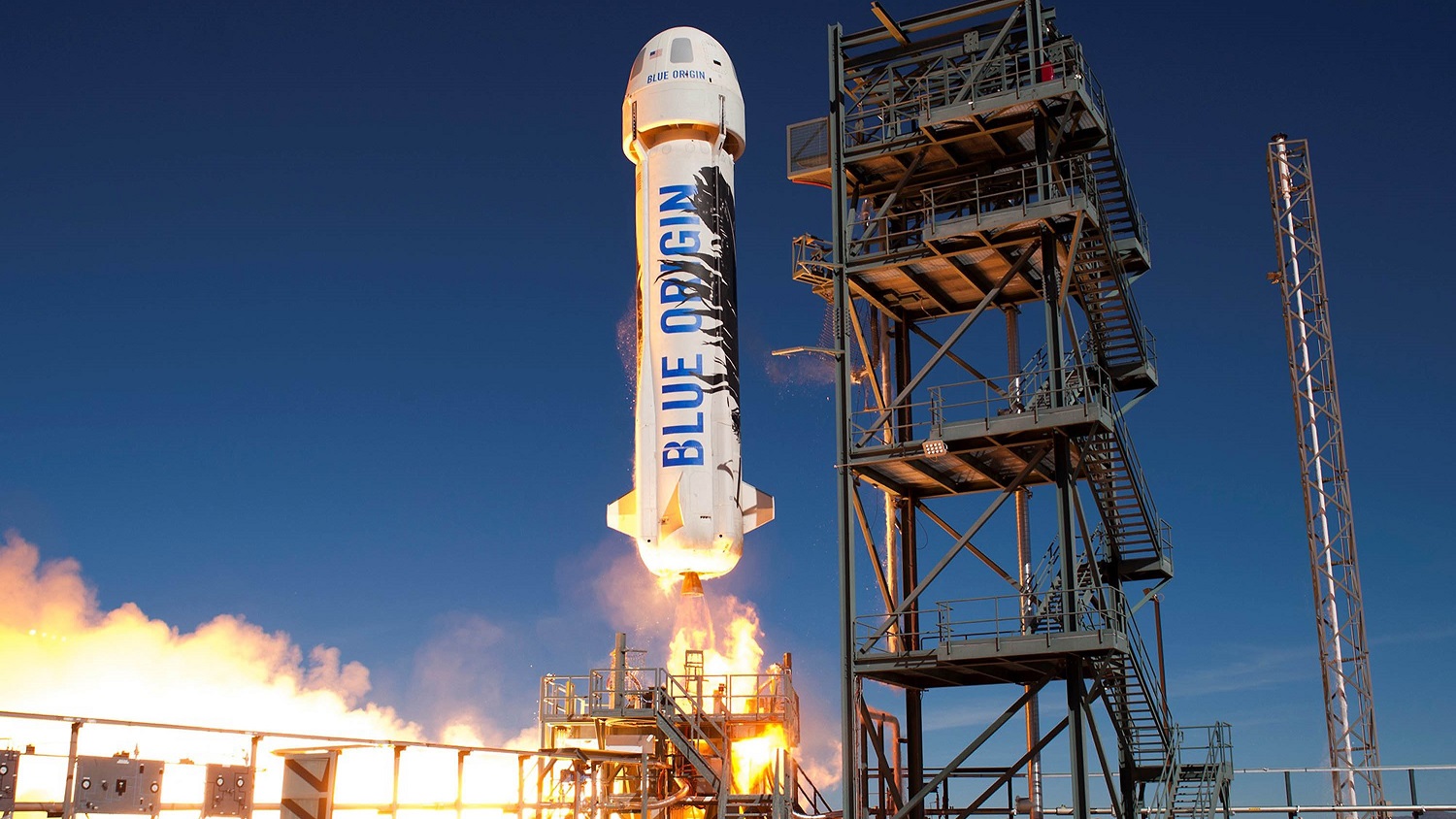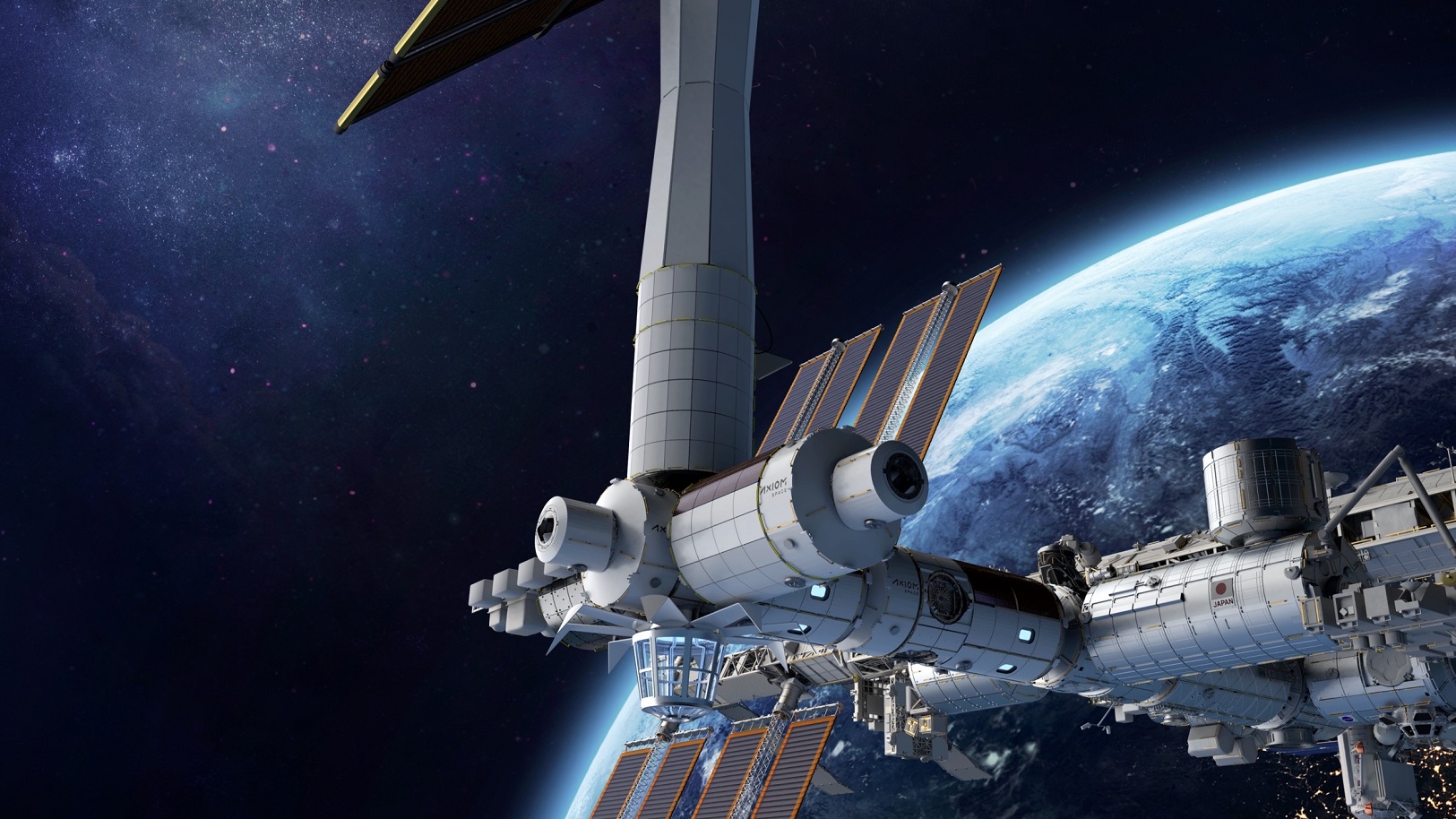Northrop Grumman, Nanoracks, Blue Origins secure NASA’s contract to build Private Space Stations
IRIA Staff - December 05, 2021

With the International Space Station coming close to its retirement date by the end of this decade, NASA has been actively finding ways to develop cost-effective ways for posting its new space stations. The agency recently awarded a contract to three companies to start their works for developing Private Space Stations.
Northrop Grumman, Nanoracks, and Jeff Bezo’s company, Blue Origin got the contract accumulating an amount of $415.6 million under the Commercial LEO Destination (CLD) project. Nanoracks won the largest individual award with $160 million, while Blue Origin and Northrop Grumman received $130 million and $125.6 million, respectively.
Following are some details about NASA’s Commercial LEO Destination (CLD) project and the three companies that have been contracted to work on the new space stations.
Nanoracks
Nanoracks is a space tech company that has been awarded $130 million worth of contracts for NASA’s CLD project. Nanorack is a privately funded in-space services providing firm and has expertise in manufacturing space compatible hardware and tools. The company is based in Houston, Texas with offices and workshops spread across Washington D.C., Abu Dhabi in UAE, and Turin in Italy. Nanoracks was founded in 2009 with the sole purpose of providing space-compatible hardware and tools to NASA, especially for the International Space Station. Later on, Nanoracks became a service provider for several private companies and government-funded space tech laboratories.
Blue Origin
Blue Origin is a privately funded aerospace manufacturer and sub-orbital space flight company founded by the Amazon founder and executive chairman, Jeff Bezos, in the year 2000. Blue Origin was initially founded to act as an aerospace parts manufacturer, however, in 2014 the company moved into the orbital space technology development. They started on a campaign to initiate commercial space flights with their first space flight originally scheduled to take place in 2018 but it kept delaying, and eventually, in July 2021, Blue Origin was successful in flying its first crew mission into space.
 Blue Origin's the New Shepard rocket ship during the test flight. (Image Credit: Blue Origin)
Blue Origin's the New Shepard rocket ship during the test flight. (Image Credit: Blue Origin)
Northrop Grumman
The third name on the list of CLD contractors is Northrop Grumman, one of the world’s biggest defense and aerospace technology manufacturers with more than 90,000 employees around the globe. The firm ranks 96 among the fortune 500 companies in the United States. Northrop Grumman has been developing Space Technology Systems, Aeronautical Systems, and has expertise in Defense Technologies system span across conventional as well as nuclear weapons manufacturing. Northrop Grumman has provided NASA with solid rocket boosters for almost all of its space launch programs and it is expected to play the same role in the CLD project.
Commercial LEO Destination (CLD) Project
The ‘LEO’ in the name for this project refers to Lower Earth Orbit. As the name suggests NASA’s CLD Project is a commercial project that is aimed towards stimulating the U.S.’s private space industry for the development of free-flying in the lower earth orbit. NASA has divided CLD into two phases with the first phase focusing upon commercial space cargo in order to practice and develop a safe, reliable, and cost-effective method for reaching the lower earth orbit. After attaining substantial experience and expertise in managing commercial space flights into space, NASA plans to move into phase two where a crew can be taken to their space station for training, scientific research as well as commercial purposes at fraction of a cost through channeling private sector companies into space traveling.
The director of Commercial Spaceflight Development at NASA Headquarters Phil McAlister said, “We have seen great success with our commercial partnerships, first commercial cargo and now commercial crew.”
“With commercial destinations, we believe it will create a self-sustaining and self-reinforcing low-Earth orbit economy, one where the private sector is the main player, and NASA is one of many customers,” McAlister added.
By involving private sector companies in such projects, NASA plans to attain quick and cost-effective research and development as well as an economical method to turn the projects into reality. The three companies that have been tasked to initiate the CLD project have substantial experience in working on similar projects related to space technology and NASA.
NASA received at least a dozen proposals from a variety of companies and contractors. The CLD program would open an avenue for the private sector to build new and private space stations in lower earth orbit.
 Artist's illustration of the space station that Houston-based company Axiom Space plans to build in Earth orbit. (Image Credit: Axiom Space)
Artist's illustration of the space station that Houston-based company Axiom Space plans to build in Earth orbit. (Image Credit: Axiom Space)
Rather than investing in building its own hardware from the scratch, NASA can now rely on the private sector to carry out the development for safer and cost-effective space travel. NASA has already utilized this model in some of its space projects to make them more economical, the recent one being the DART project where a space probe was shot into the space using SpaceX Falcon 9 rocket in order to hit a wandering asteroid and put it off course. The Falcon 9 rocket is a commercially developed space vehicle by Elon Musk’s SpaceX. With cargo and crew transfer services provided by private companies, NASA is estimated to save at least $1 billion each year.
ALSO READ:
Regions
Issues

















 NASA launches Spacecraft on a 'Suicide Mission' to Kick Asteroid Off Course
NASA launches Spacecraft on a 'Suicide Mission' to Kick Asteroid Off Course NASA's spacecraft 'Lucy' begins its journey to the Trojan Asteroids of Jupiter
NASA's spacecraft 'Lucy' begins its journey to the Trojan Asteroids of Jupiter







